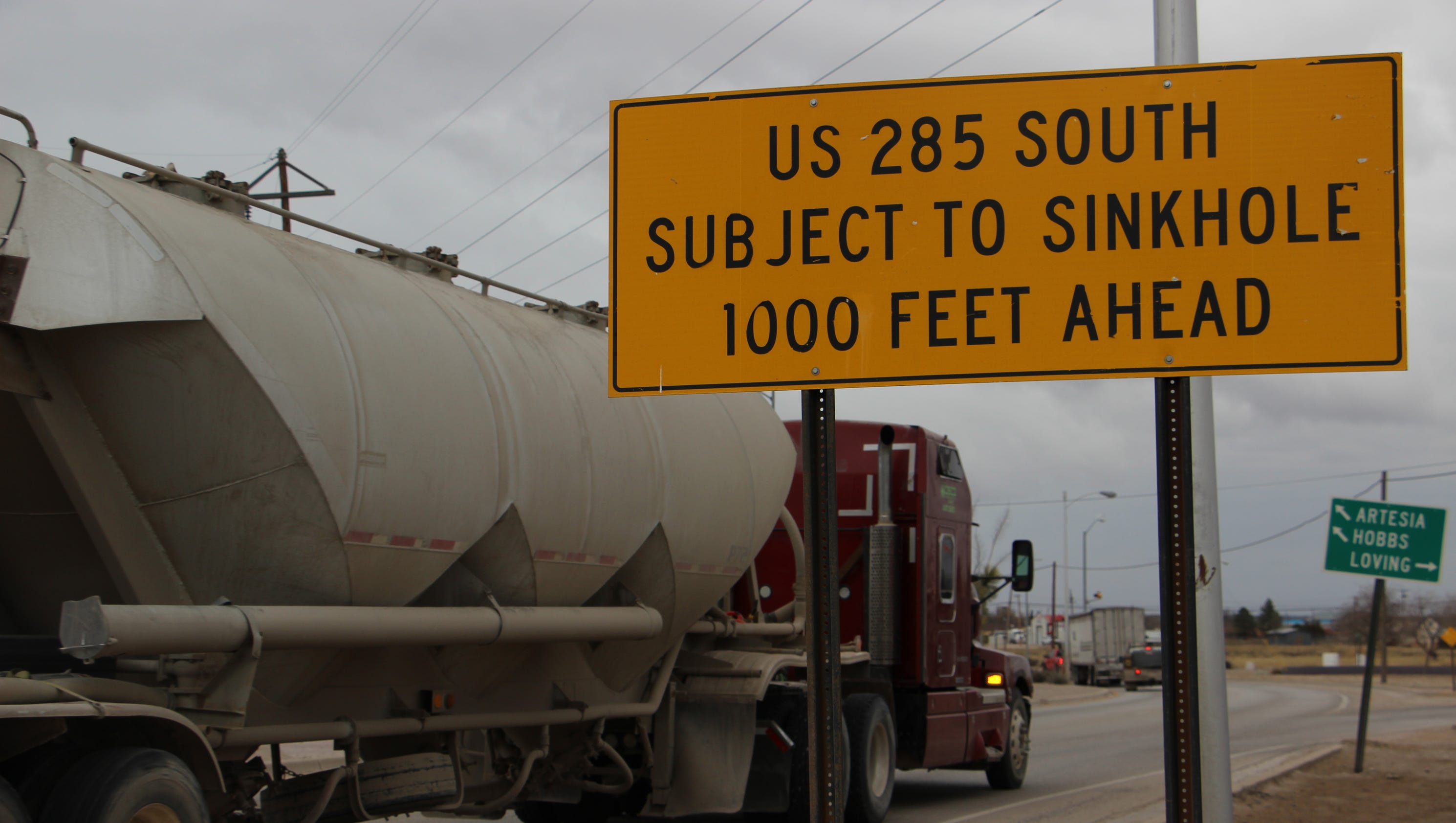Avoid future problems, follow process on mine discharge
The Rio Grande Foundation takes a backseat to no one in having a skeptical approach to government regulations. Broadly speaking, it is our view that unnecessary and ill-conceived government regulations are killing New Mexico’s economy and have constrained the US economy as well.
So, it is definitely in the category of “man bites dog” that there is an issue in Carlsbad for which the Rio Grande Foundation believes that necessary regulations may be skirted. The issue involves a proposed potash mine 13 miles Southeast of Carlsbad. The mine would developed by the Mosaic Company. Issues at a Mosaic mine in Florida prompted Governor Rick Scott of Florida to enact sweeping policy changes after the company’s activities created a massive sinkhole leading to 215 million gallons of radioactive water being dumped into the state’s aquifer.
Folks in Carlsbad know better than most how problems can develop from poor siting of mines and discharge points. A potential sinkhole is located at the City’s “South Y” along Highway US 285. The Carlsbad I&W Brine Well operated at the current location almost continuously from 1979 to July 2008, but the mine was forced to close after its process of injecting fresh water into the ground to dissolve the salt and extract brine caused a liquid-filled underground cavern to form.
New Mexico taxpayers face costs ranging from $15 and $25 million to permanently fix the problem.
Now, Mosaic, under a potential agreement with New Mexico’s Environment Dept., is planning on discharging 7.5 million gallons of brine-water a day which comes with the potential of contaminating neighboring drinking, recreational, and agricultural water. The discharge location had been approved by State regulators, but the company has asked to move the site without further study or analysis of the new location.
It’s worth noting that in the wake of recent Mosaic mining activity in Florida and Louisiana the company felt obligated to commit $630 million to pay for closures and remediation projects at certain facilities after the EPA found them in violation of state and federal laws.
Eddy County officials and state regulators must act more responsibly on behalf of the citizens of southern New Mexico to ensure Florida’s misfortunes don’t become New Mexico’s problem.
No one wants economic development to happen in New Mexico more than we do at the Rio Grande Foundation, but we also don’t want to act in haste or desperation in ways that have negative repercussions for New Mexico taxpayers or the environment.

